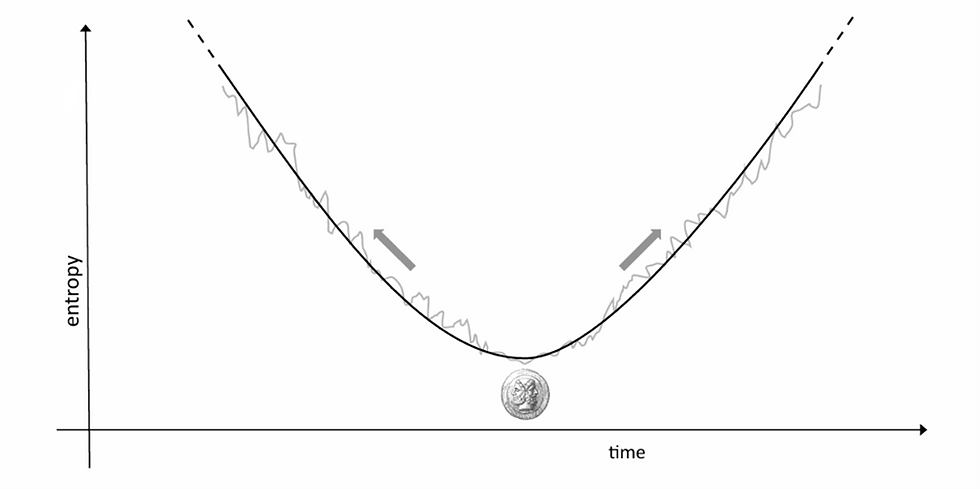Happy Birthday, SN Bose!
- JYP Admin

- Jan 1, 2021
- 3 min read
Updated: Oct 8, 2023
Author: Kavya Pullanoor

[Wonders of Physics. https://2.bp.blogspot.com/-379LapUT1CI/W6_Wb03mtQI/AAAAAAAAHpI/XH0l8ETTrRwfVXFPRjnF9nWQO5r744NEQCLcBGAs/s1600/sn%2Bbose%2Bb.jpg]
Satyendra Nath Bose was born into a middle-class family on January 1, 1894, in British India’s capital city, Calcutta, Bengal Presidency. His father was Surendranath Bose, an accountant in the East Indian Railway Company. Surendranath had a great interest in mathematics & science and in 1903 founded a small pharmaceutical and chemical company. Satyendra’s mother was Amodini Devi, a lawyer’s daughter. Satyendra was the couple’s eldest child and their only son; in the years following Satyendra’s birth, his parents had six daughters. At age five, Satyendra enrolled at his local elementary school. Later, after his family moved to Calcutta’s Goabagan neighborhood, he became a pupil at the New Indian School.
In 1907, at age 13, Satyendra began high school at the illustrious Hindu School. He was quickly recognized as an outstanding pupil, especially in mathematics and the sciences. His mathematics teacher believed he had the potential to become a great mathematician, the equal of Pierre-Simon Laplace. By 1909, age 15, Satyendra Bose had completed high school. He began a bachelor of science degree at Calcutta’s Presidency College, which is located next to the Hindu School. He majored in Applied Mathematics, and again he proved to be an outstanding student, graduating in 1913 at the top of his class, with first-class honors. Bose decided he wanted to remain in academia. He enrolled for a master’s degree in Applied Mathematics at the University of Calcutta. In 1915, at age 21, he graduated at the top of his class. He also learned enough scientific German and French to read works published in these languages.
Bose co-authored the first English translation of the original papers of Einstein and Hermann Minkowski as the ‘Principle of Relativity’ with Saha and published a few more. He wrote two papers in 1924 while working in Dacca. The most important one was titled “Planck’s Law and the Hypothesis of Light Quanta,” which was not published by the Philosophical Magazine of the Royal Society. But, Bose was so confident that he sent it with a personal, handwritten letter to Albert Einstein. It required the genius and insight of Einstein to appreciate the significance of this work. This became the basis of Bose statistics.
Particles following Bose statistics came to be known as bosons. Einstein developed Bose’s concept further, and extended it to monatomic ideal gases, and predicted what is known as the Bose-Einstein Condensation (BEC). BEC, a state of matter of a gas of bosons, diluted and cooled to near absolute zero temperature, is related to superfluidity and superconductivity.
Despite his pioneering contribution, Bose was not awarded a Nobel Prize. He was nominated a few times and leading scientists had felt that Bose had deserved one. Bose, however, never regretted the fact that he did not receive the Nobel Prize and was always content with the recognition that came his way. He was elected a Fellow of the Royal Society, and was awarded the Padma Vibhushan, and was made a National Professor. He also presided over the Indian Science Congress, and after retirement from Calcutta University, served as the Vice-Chancellor for Visva-Bharati, Santiniketan. In addition, he was nominated to the Rajya Sabha and honored with umpteen doctorates conferred by leading universities. It was enough that one of the two families of particles were named “bosons” after him.
Bose’s lifelong interest to use the mother tongue as a means of instruction for science, even at the post-graduate and research levels was indomitable. His zeal to popularize science through the vernacular medium made him establish Bangiya Bijan Parishad and start the science magazine "Jnan o Bijnan" (1948), perhaps the first in a vernacular language in India.
Remembering this great scientist on his 127th birthday.

.png)




Comments